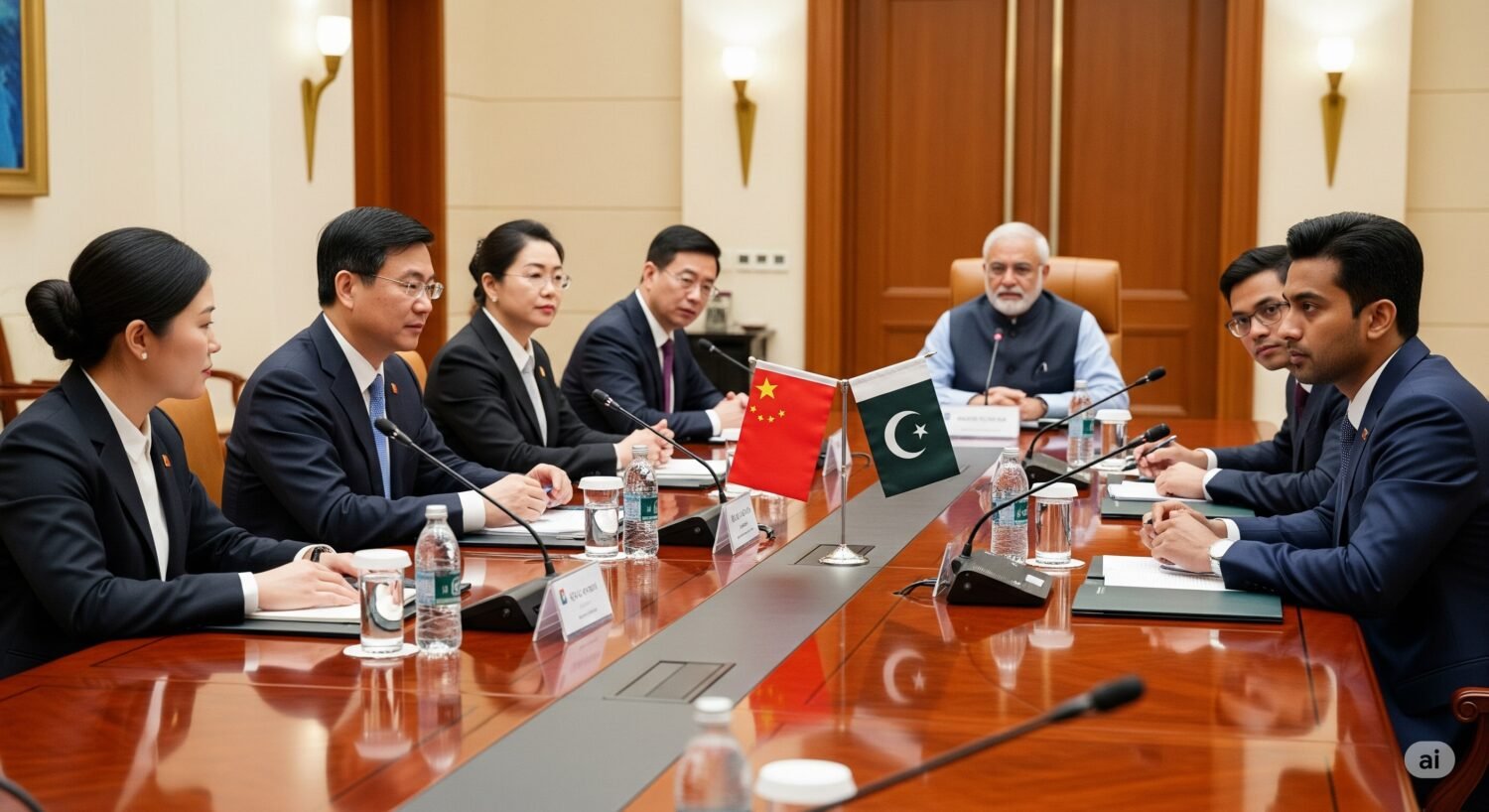A New Alliance in South Asia? China, Pakistan, and Bangladesh Eye Regional Cooperation


China, Pakistan, and Bangladesh met, sparking speculation about a new regional bloc. What could this mean for South Asia and the global stage?
A Shifting Landscape in South Asia
Recent diplomatic activity has put a spotlight on potential realignments in South Asia. A trilateral meeting involving China, Pakistan, and Bangladesh has sparked discussions about the future of regional cooperation. Could this gathering signal the emergence of a new multilateral organization, possibly altering the dynamics of the existing South Asian Association for Regional Cooperation (SAARC)? For observers in the United States, this development raises questions about geopolitical influence and the balance of power in a critical region.
Understanding the Meeting’s Significance
While details of the meeting in Kunming may be unfolding, the very fact that these three nations convened is noteworthy. It suggests a shared interest in exploring alternative avenues for regional engagement. For Pakistan and Bangladesh, closer ties with China, a major global economic and political player, could offer opportunities for economic growth and strategic partnerships. China, in turn, might see this as a way to expand its influence and foster stability in its neighboring regions, similar to how the U.S. engages with various blocs around the world.
Implications for SAARC
The potential rise of a new bloc naturally leads to questions about the future role of SAARC, which has historically aimed to promote cooperation among South Asian nations. However, SAARC has faced challenges in recent years, including strained relationships between some of its key members. The formation of a China-led or influenced group could present a different model for regional collaboration, potentially focusing on economic initiatives and infrastructure development, areas where China has significant resources and expertise.
Potential Benefits and Challenges
A new regional organization could offer several benefits:
- Economic Opportunities: Enhanced trade and investment flows between the participating countries.
- Infrastructure Development: Collaboration on major projects that could boost connectivity and economic growth.
- Alternative Partnerships: Providing Pakistan and Bangladesh with avenues for regional cooperation beyond the existing SAARC framework.
However, challenges also exist:
- Geopolitical Tensions: The exclusion of other major South Asian nations, particularly India, could exacerbate regional tensions.
- Differing Priorities: Aligning the diverse interests and priorities of China, Pakistan, and Bangladesh may prove complex.
- Influence Dynamics: Concerns about the potential dominance of one member (in this case, China) could arise.
What This Means for the United States
For the U.S., these developments in South Asia are significant. The region is strategically important, and any shift in its political or economic landscape can have global repercussions. Understanding the motivations behind this trilateral engagement and its potential impact on regional stability and the balance of power is crucial for U.S. foreign policy and its engagement in Asia. The U.S. often navigates similar situations globally, balancing its relationships with different regional blocs and nations with potentially competing interests. The unfolding dynamics in South Asia will undoubtedly be closely watched by policymakers in Washington.
Recent Posts
Apple’s Big Plans for Early 2026: What to Expect
Get ready, tech enthusiasts! Apple is reportedly gearing up for a significant wave of product… Read More
Understanding Trump’s Latest Move Against Canada and Beyond
A Bold Stance on Trade Relations The global trade landscape is once again shifting as… Read More
Stop Believing These Common Weight Loss Myths
Tired of weight loss advice that just doesn't work? Debunking the most common myths about… Read More
Sweat Smarter, Not Harder: Your Beginner’s Guide to Home Workouts
Ready to get fit without leaving your house? This beginner-friendly guide covers everything you need… Read More
Did False Data Cost Columbia $9 Million? What the Lawsuit Means for Students
Columbia University settles a $9 million lawsuit over alleged false data in college rankings. Discover… Read More
US Stock Market Why Futures Dipped After Record Highs
US stock futures dip after record highs. Explore what's driving this pullback, from federal policy… Read More